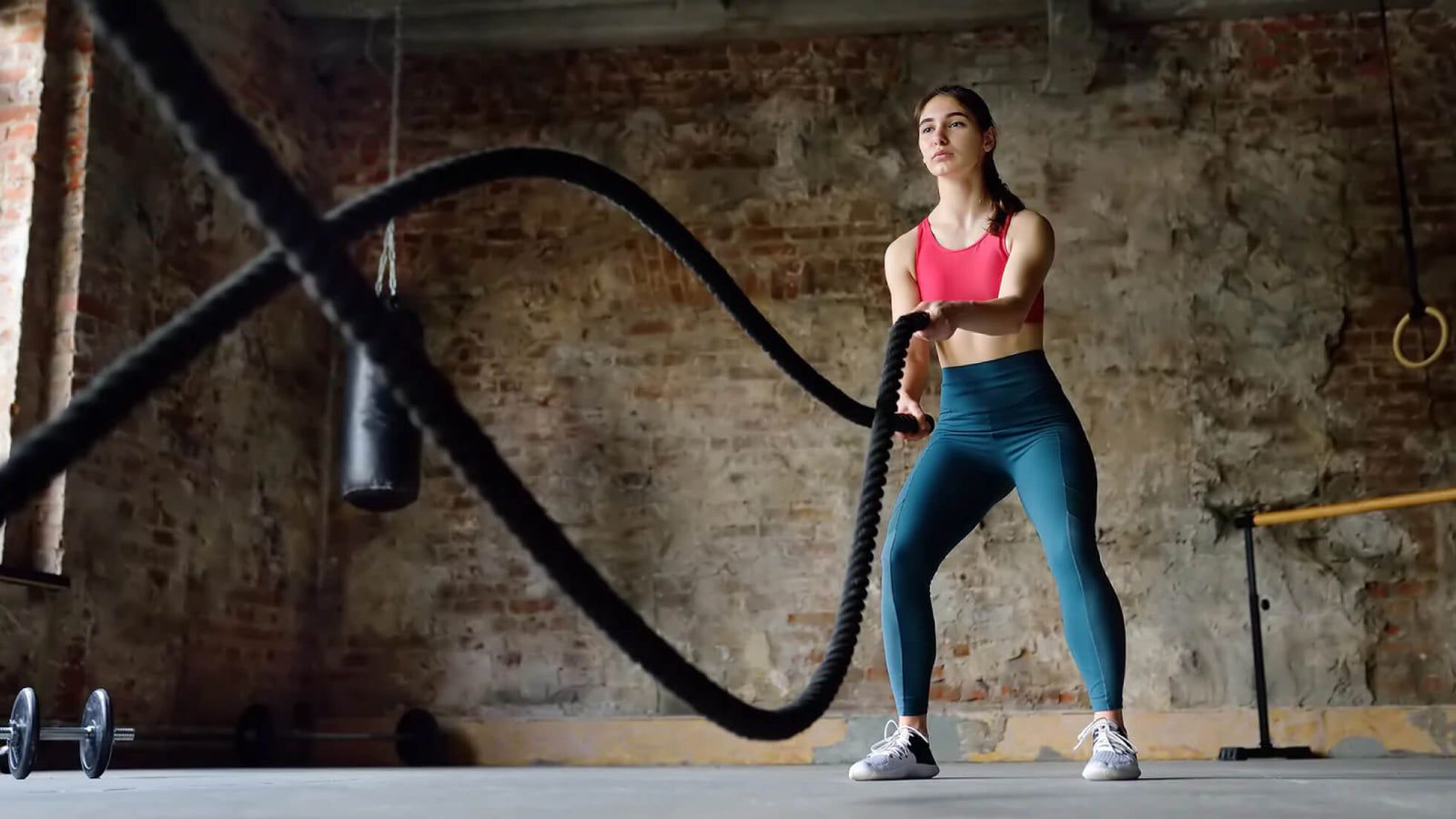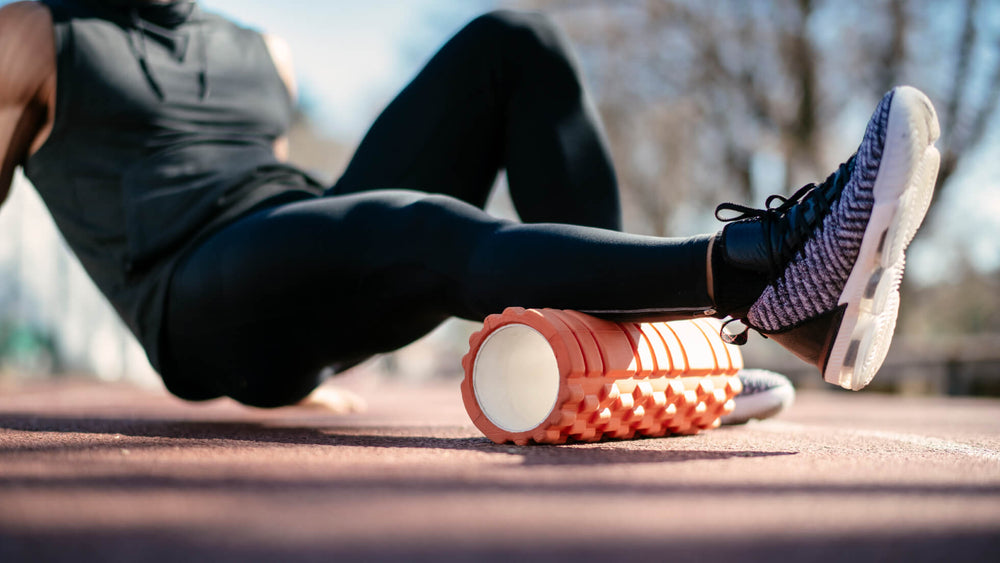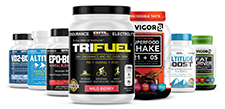6 Reasons Why Endurance Athletes Should Add HIIT to Their Training

Endurance athletes are no strangers to the grind of long, steady-state workouts. While building an endurance base is crucial, incorporating high-intensity interval training (HIIT) into your routine can take your performance to the next level. From improved speed and power to enhanced fat-burning and recovery, HIIT workouts offer a wealth of benefits for runners, cyclists, skiers, and other outdoor athletes. Here are six compelling reasons to add HIIT to your training mix:
1. Boost Anaerobic Capacity
HIIT workouts, which involve short bursts of all-out effort followed by recovery periods or periods of lower intensity are specifically designed to target the anaerobic energy system and increase your vo2max. By challenging this system, you'll improve your body's ability to produce and tolerate lactic acid, allowing you to sustain higher intensities for longer during endurance events.
To start, you could incorporate all-out cycling sprints or running hill repeats into your training a few times per week. Alternate 30–60 seconds of max effort with 1–2 minutes of active recovery for best results. Use your heart rate, a power meter, rate of perceived exertion (1–10), or your slightly faster friend to track your efforts.
2. Enhance Speed and Power
The explosive nature of HIIT workouts triggers adaptations that directly translate to improved speed and power output. As you repeatedly challenge your fast-twitch muscle fibers, you'll see gains in your top-end speed, acceleration, and overall athletic explosiveness.
Adding plyometric exercises like box jumps, burpees, or high knees to your HIIT sessions are great ways to get some variety. These movements recruit a high number of muscle fibers and can help you develop the power needed for mid-race sprints, hills, or finish line surges.
3. Improve Cardiovascular Fitness
While HIIT may not directly increase your aerobic capacity to the same degree as steady-state endurance training, it can still provide significant cardiovascular benefits. The intense intervals raise your heart rate and respiratory rate, driving adaptations that enhance your body's oxygen utilization and efficiency.
If you struggle to get an effective warm-up in before big training sessions, try a HIIT session on the treadmill or stationary bike, alternating 1–2 minutes of hard effort with 1–2 minutes of low-intensity. This cardiovascular challenge can complement your endurance workouts and prepare your body for pushing yourself later on.
4. Accelerate Fat Loss
HIIT has been shown to be highly effective for fat loss and muscle gain, even in endurance athletes who are already quite lean. The combination of intense, calorie-burning intervals and the metabolic boost you get after a HIIT workout can help you shed unwanted body fat and improve your power-to-weight ratio.
An example HIIT workout for fat loss could include 4–6 rounds of 30 seconds of max-effort jump roping or burpees followed by 90 seconds of walking or jogging.
5. Enhance Recovery and Injury Resilience
Contrary to popular belief, HIIT can actually aid in your recovery between hard training sessions and races. The brief, high-intensity efforts stimulate adaptations that improve your body's ability to buffer lactic acid and clear metabolic waste products. This can translate to reduced muscle soreness and quicker turnaround times.
Additionally, the functional strength and mobility gains from HIIT can enhance your injury resilience, preparing your body to withstand the rigors of endurance training.
6. Add Variety and Prevent Boredom
Endurance training can get boring fast. We’ve all hit that point where we start counting rocks or naming countries that start with each letter of the alphabet to occupy our minds. Incorporating HIIT workouts into your routine provides a welcomed change of pace, both physically and mentally. The intensity and variety of HIIT can help spice up your training and keep you engaged and motivated.
Whether you opt for a challenging bike interval session, a full-body HIIT circuit, or a hill sprint workout, the constant change of pace will help you stay excited about your training and ultimately perform at your best. Plus, compared to the slog of a long run or ride, these workouts are incredibly time-efficient — you can feel some MAJOR benefits in a mere 30-minute workout!
Ready to take your endurance performance to new heights? Start incorporating HIIT into your routine 1-2 times per week, and get ready to crush your next race.
Take the next step in your training regimen: Try any BRL Sports supplement risk-free! If our natural nutritional products aren’t the best you’ve ever used, simply return your purchase for a 100% refund — no questions asked!
Also in Inspiration & Perspiration

High Altitude Supplements: Complete Guide to Training & Prevention (Altitude Sickness Solutions)
Support endurance and reduce altitude stress with supplements that improve oxygen efficiency, stamina, and recovery in high-altitude conditions.

Best Supplements For Runners: Complete Guide By Training Phase (Base, Peak, Taper & Race Day)
Discover the best supplements for runners by training phase—base, peak, taper, and race day—to boost endurance, recovery, and performance.

Creatine for Endurance vs. Sprint Efforts
Creatine isn’t just for power—learn how it boosts sprint speed, recovery, and endurance performance.


